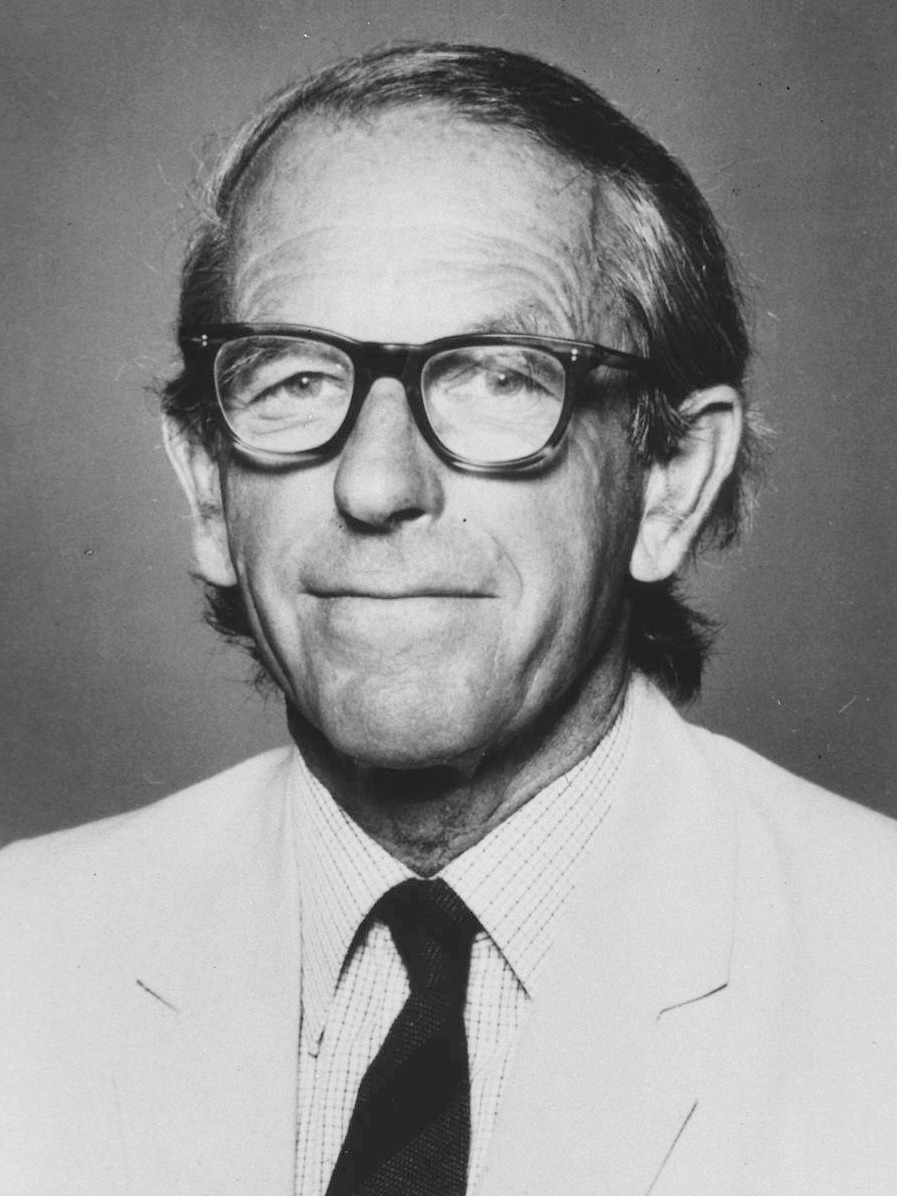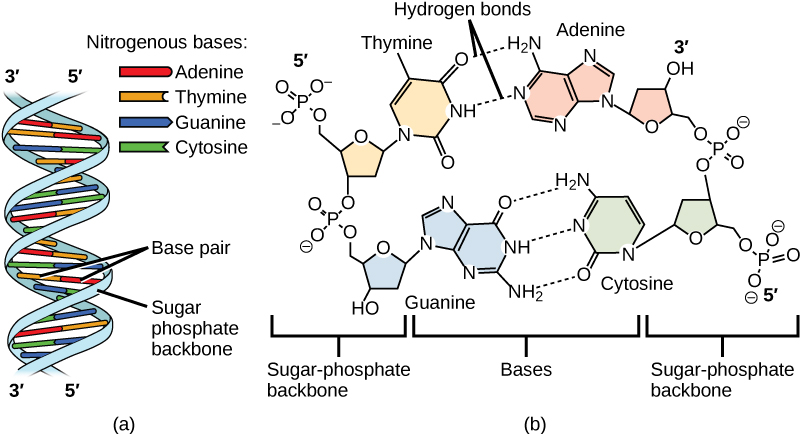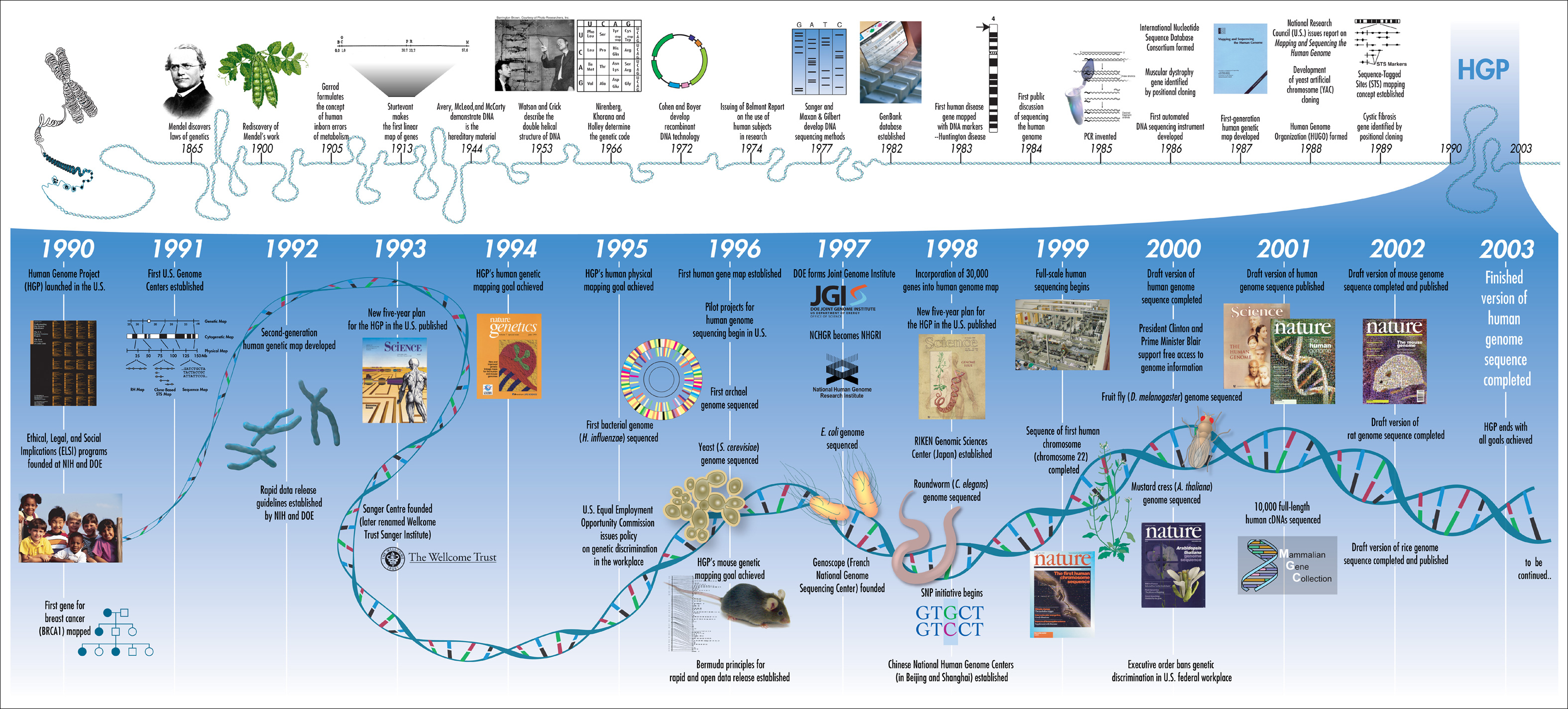DNA Sequencing
BIO331 Introduction to Bioinformatics
Prof. Harbert
DNA Sequencing: Overview
The ability to sequence DNA is one of the greatest achievements of the field of Biology.
We will talk today a bit about the history of DNA sequencing and the main technologies involved.
Topics:
Traditional
- Sanger Sequencing
- The Human Genome Project
Modern Sequencing Technologies
- Illumina
- PacBio
- NanoPore
Collaborative Research (HW)
Sanger
Dr. Frederick Sanger (1918-2013) -- Developed sequencing by the chain terminating dideoxynucleotide method that now carries his name.

DNA Polymerase
Nucleic acid molecules are copied in living cells through the enzymatic activity of nuclease enzymes.
Polymers of nucleotides are formed by covalent bonds between the phosphate and sugar groups.
New nucleotides are always added on the 3' sugar carbon.

OpenStax College, Biology (CC BY 4.0)
Sanger

Image credit: "Whole-genome sequencing: Figure 1," by OpenStax College, Biology (CC BY 4.0)
Sanger

Image credit: "Whole-genome sequencing: Figure 1," by OpenStax College, Biology (CC BY 4.0)
Sanger
Sanger
Sanger
Produces high quality reads
- Length: 400-600 bp (sometimes longer)
- High base call accuracy
- Maxes out at about 384 reads per run on typical equipment (some of this can be automated).
- A few hours per run
- Applied Biosystems equipment
How many runs at 500bp per read and (let's assume) 384 reads per run would it take to sequence the human genome at 3 billion bases one time?
Human Genome Project

Next Generation Sequencing
Illumina
PacBio
PacBio
Ion Torrent
Oxford Nanopore
Other Resources
Library prep and Illumina Seq: http://rmpiro.net/teaching/pub/lectures/fu-genomics/01-NGS_technology.pdf
Review of sequencing platforms (2017): https://www.omicsonline.org/open-access/generations-of-sequencing-technologies-from-first-to-next-generation-0974-8369-1000395.php?aid=87862
Homework
Research one or more sequencing technology and contribute to the file shared earlier on OneDrive.